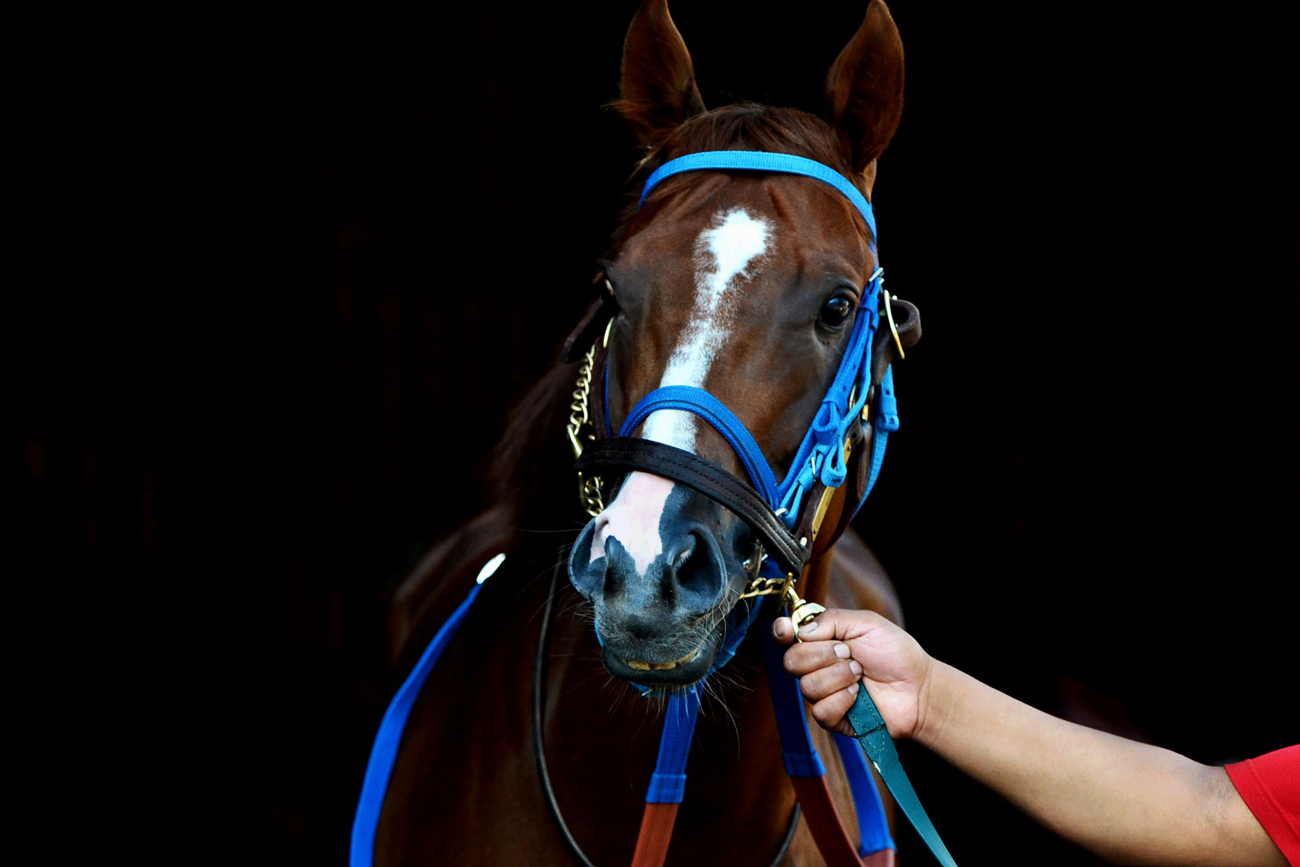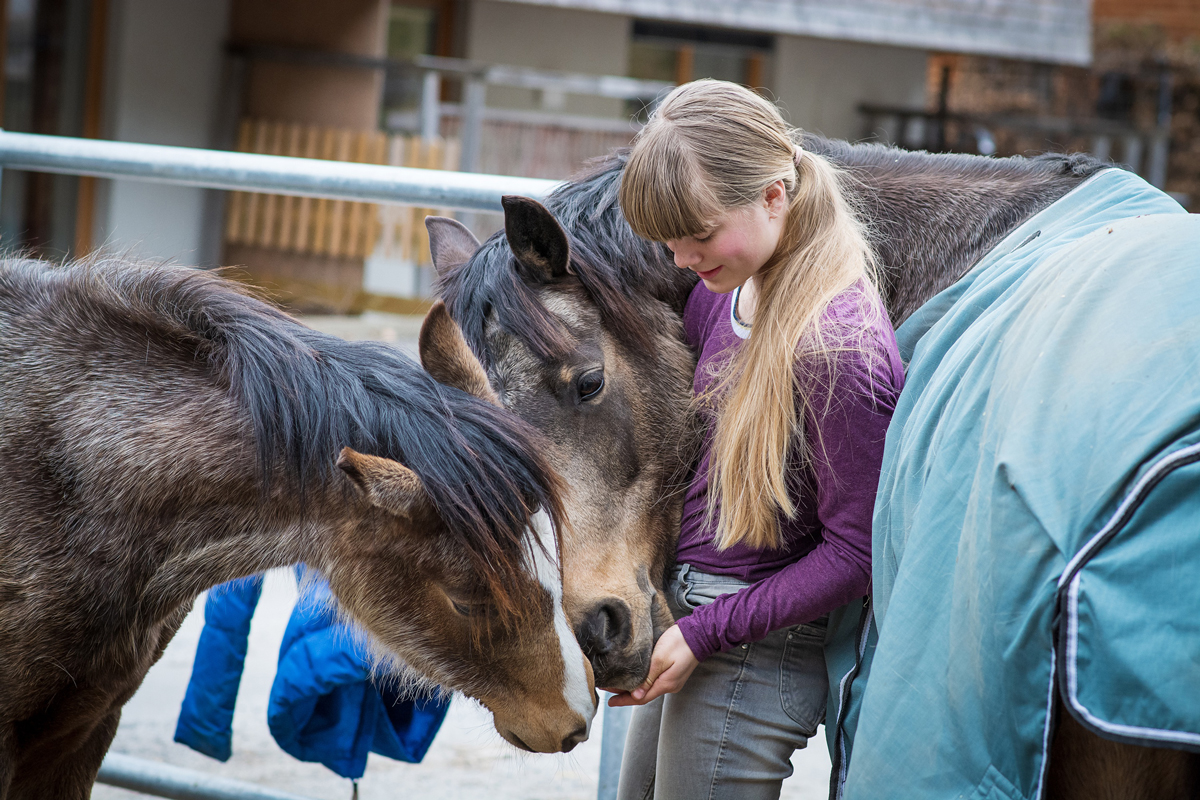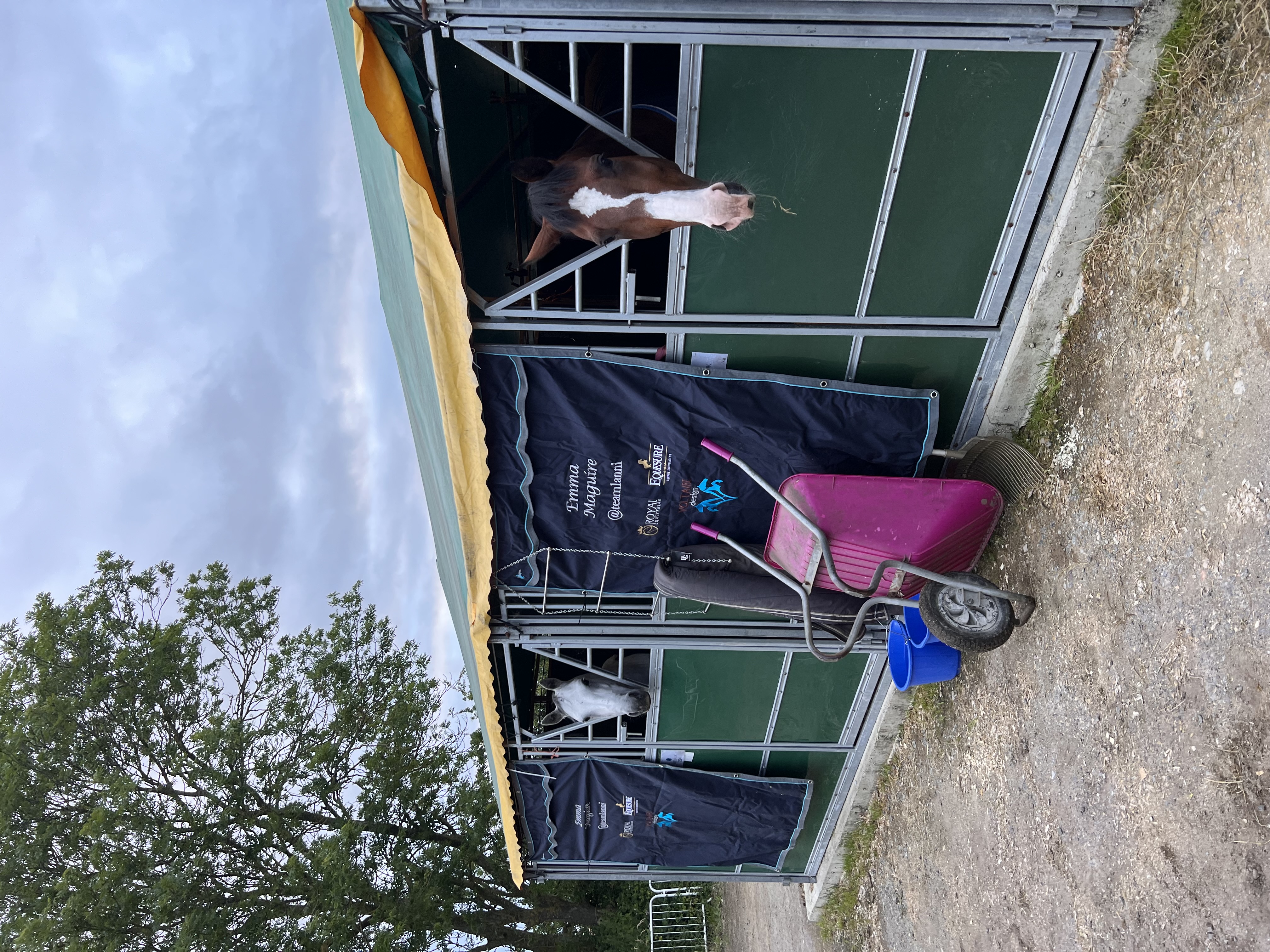Every year thousands of thoroughbreds leave the racing industry to begin second careers in a whole host of other fields. From dressage and eventing champions tohappy hackers, there are many uses for these athletic and intelligent creatures.
One area in which ex-racehorses have found success and fulfilment is in the world of equine assisted therapy (EAT). While it’s not for every ex-racer, providing they’re given the right retraining, a well-handled ex-racehorse can make an excellent riding companion for many people in need of help.
To find out more, read our guide to the worthwhile therapeutic opportunities available.
But whatever career a horse goes on to have it’s vital they are covered by the best insurance for horses available. That’s where the specialist team at Equesure comes in.
What is equine assisted therapy?
EAT covers a wide range of treatments that involve activities where horses are used to promote people’s physical and mental health. The idea of using horses in this way has a long history.
Indeed, the first recorded discussion of the therapeutic value of riding can be traced to Ancient Greece and the writings of Hippocrates. While in the 17th century, medical texts claimed riding should be prescribed for “gout, neurological disorders and low morale”.
However, the modern application of EAT to physical health issues dates to the 20th century, in particular dealing with the disabling effects of polio. It’s application to mental health really started to gain momentum around 30 years ago.
Are ex-racehorses good for equine assisted therapy?
Any horse of any breed – provided they are calm, even-tempered, and well trained both under saddle and on the ground – can be used for equine assisted therapy. Many ex-racehorses when given the right retraining are therefore perfect for such work. However, as most EAT is done at slow speeds, older horses are sometimes preferred.
Whether an ex-racehorse or a long-time happy hacker, having the right horse insurance in place to protect your equine friend in case of illness or injury is a vital part of responsible horse ownership.

Common types of equine assisted therapy
There is a range of therapy that ex-racehorses can become involved in. Let’s take a look at some of them.
Therapeutic horse riding
Therapeutic horse riding is often used by individuals with disabilities to develop muscle tone, coordination, confidence and wellbeing. It usually involves a certified therapeutic riding instructor, volunteers, and a horse, to help an individual learn to ride. They can also work with the horse from the ground.
This therapy can be used for a wide variety of disabilities. For example, researchers at the University of Colorado in the USA, found that children with autism received both immediate and long-term benefits from therapeutic horse riding.
Direct contact with horses was shown to have many long-term benefits including a reduction in irritability and improvements with word fluency and communication. Hyperactivity was also reduced immediately, although this was not a lasting effect.
Hippotherapy
Hippotherapy uses the movement of the horse when walking to provide therapeutic movement to the rider. It’s believed that horse riding helps a person’s posture, balance, coordination, muscle strength and mobility during recovery from a range of injuries.
It’s also well regarded as a treatment for a variety of conditions including multiple sclerosis, cerebral palsy, ADHD in children, strokes, speech disorders and dementia. Unlike therapeutic horse riding the rider’s posture and actions are guided by a therapist while a horse handler controls the horse.
Some remarkable benefits have been observed, with a study in Ohio finding that just 10 sessions of hippotherapy helped improve the body control of children with cerebral palsy.
Equine assisted learning
It’s well known that the best way to learn is through experience. Equine assisted learning is therefore a therapy through which children, young people and adults are helped with the development of life skills simply by being around horses and other equines.
There is often no riding involved in this therapy. So, participants don't need to know anything about horses to benefit!

Equine assisted psychotherapy
A comparatively recent addition to the world of EAT. This doesn’t necessarily involve riding, but may include grooming, feeding and ground exercises. Mental health professionals use the experience of interacting with the horse to help the individual learn about themselves and others.
If you’re interested in finding out more about charities which are successfully using former racehorses to assist in the education and development of people then here are a couple of groups worth looking into.
Greatwood, based near Marlborough in Wiltshire, focuses on emotional wellbeing, mindfulness and inclusion. Founded in 1998, the charity uses former racehorses to educate disadvantaged children and young adults with Special Educational Needs.
They rescue and care for neglected and ill-treated former racehorses while also making a huge difference to the lives of children and young people.
Set up in 2009, HorseBack UK, based in Aboyne, near Aberdeen has been using horses to assist both physically and mentally wounded military personnel. Their aim is to use horsemanship to inspire recovery, regain self-esteem and provide a sense of purpose and community. They have several ex-racehorses among their ever expanding team.
Ex-racehorses have also been used by the Riding for the Disabled Association and many other charities and EAT centres. Visit the website of horse welfare charity Retraining of Racehorses to find out more.
Horse insurance protection through Equesure
If you’d like your racehorse to go on to have a fulfilling life away from the track, make sure they’re protected with horse insurance.
With over 60 years’ combined experience in the insurance market, our team of specialists work tirelessly to offer a bespoke insurance policy to help you do this, whatever your budget.
Cover for veterinary fees comes in three options:
- Option 1 – £4,500 per incident with unlimited claims in the year
- Option 2 – £7,500 per incident with up to £15,000 in the year
- Option 3 – £5,000 per incident with £2,500 top up for life-saving surgery
Multi-horse policies are also available when you have more than five horses.
We can also offer saddlery and tack cover, and personal accident cover up to £20,000.
Call our horse insurance team for a quick quote today.
Policy benefits and features offered may very between insurance schemes or cover selected and are subject to underwriting criteria. Information contained within this article is accurate at the time of publishing but may be subject to change.





